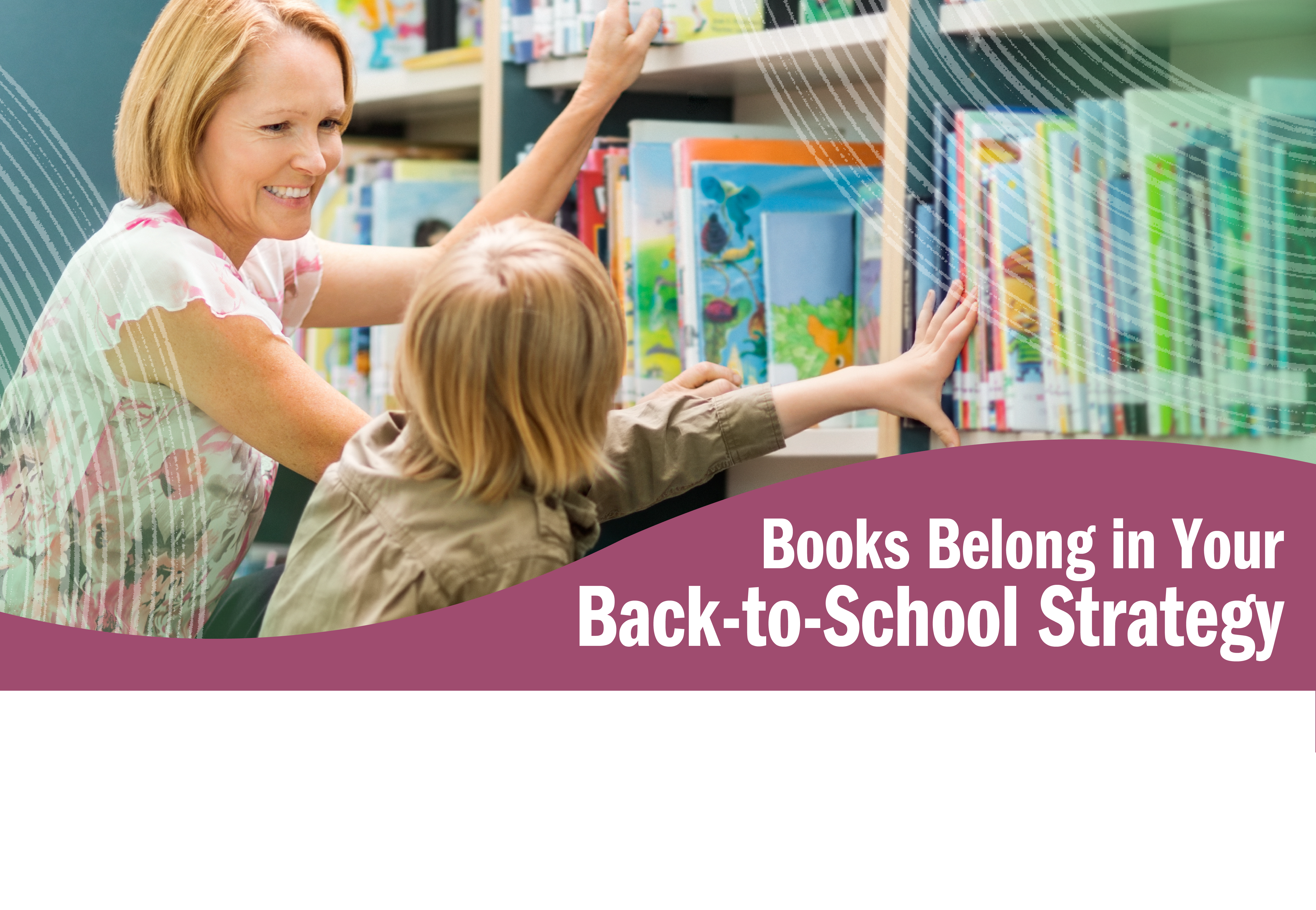.png)

5 Reasons Why Books Belong in Your Back-to-School Strategy | Booksource
It's a new school year, which comes with new students and new triumphs and challenges. Getting to know them and their interests can help you choose books that will spark a love of reading for each child. Books offer powerful benefits for students and educators alike.
Reading more boosts achievement
It’s no secret that students need to be surrounded by amazing books to promote the daily reading practice that builds lifelong skills. In fact, research indicates a correlation between time spent reading and performance on standardized tests!
According to one study, students who read just 20 minutes a day score in the 90th percentile on standardized tests. In addition, reading 20 minutes a day exposes kids to a vast quantity of words (1.8 million in each school year) which can positively affect children’s overall academic success.
Reading builds community

Since students haven’t been in the classroom for the summer (and maybe longer), the first days and weeks of school are important for teachers and students to get to know each other. Starting the year by building a classroom community can set the tone for the rest of the year, and read alouds are a great way to make that happen.
The beginning of a new school year can be filled with many emotions and connecting to characters in a book can help students deal with those emotions. Read alouds and picture books can enhance classroom community through the conversations they spark and create a safe space for classroom discussions.
SEL & mental health

When students can’t manage their emotions or are unable to approach learning while feeling safe and cared for, they can’t engage in the learning process. Fortunately, books are an amazing resource for facilitating difficult conversations, modeling coping skills and giving students time to relax and de-stress through reading. Any time students are feeling uncertain, scared, sad or anxious, one of the best things a teacher can do is stop, talk and share a book.
In fact, research demonstrates that the act of reading contributes to health and well-being. Even six minutes of reading can lower the heart rate and ease muscle tension, and consistent engagement in reading can reduce feeling of stress by 68% (exceeding activities like listening to music or taking a walk and is 700% more effective than playing video games). Reading can positively impact the mental and emotional health of students.
Learning recovery

The most effective learning is fun and engaging. However, in the push to address learning recovery, it might easily become a secondary consideration. If academic programs forget to keep students engaged in learning, it may make the situation worse.
Books offer an easy way for students to re-enter academic learning in a nonthreatening manner. Begin each class by reading aloud students’ favorite books and encouraging discussion. Take time in the day for independent reading and allow students to choose books from your classroom library. Guide struggling readers to high/low book selections.
Spark Creativity & Imagination

Books also spark creativity and imagination in students. By introducing students to a variety of genres and stories, books can ignite a passion for reading that goes beyond the classroom. Encouraging students to explore different worlds and perspectives through books can foster a love for learning and discovery that will stay with them for years to come.
Conclusion
In conclusion, books are powerful tools that can benefit students in numerous ways, from boosting academic achievement to supporting mental health and fostering creativity. As we embark on a new school year, it's essential to prioritize reading in the classroom to create a positive and engaging learning environment. By incorporating read-alouds, independent reading time, and discussions about books, teachers can help students connect with characters, build a sense of community, and develop a love for learning. So, as you plan your back-to-school strategy, remember the transformative impact that books can have on your students' academic and emotional well-being. Let's inspire a generation of readers and learners by making books a central part of our classroom experience.
How do you use books in your classroom at the beginning of the school year? Share your tips in the comments below.
